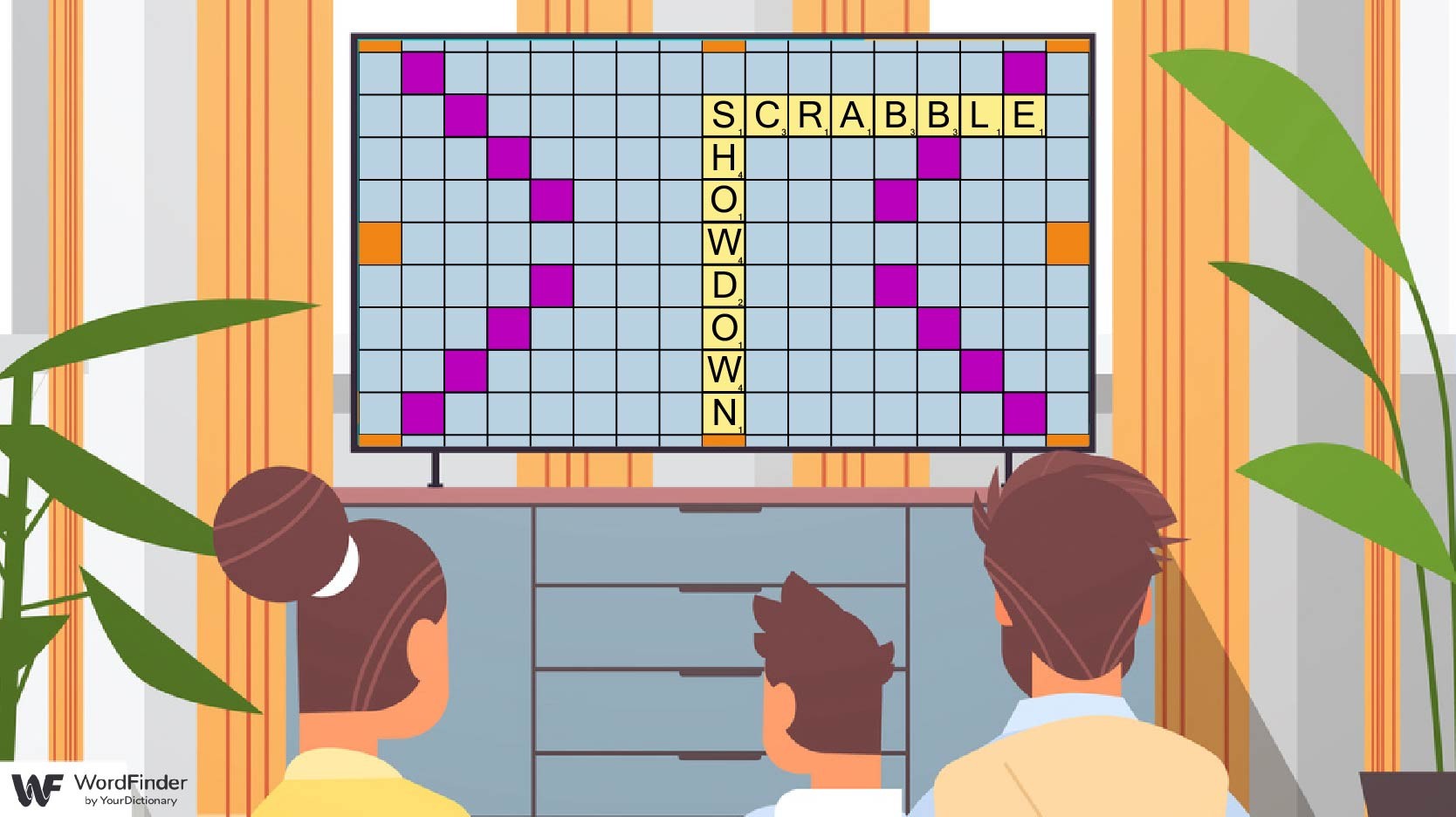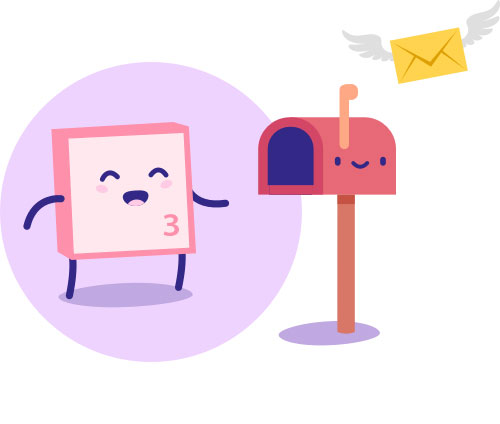Sorting Out the Show’s Premise
Scrabble Showdown was a competition between two teams. Each team consisted of one child and a parent or guardian. Kids and their parents worked together to complete the various challenges for each round. Gameplay consisted of four rounds. Teams took turns with each challenge. The team that won a coin toss before the start of the show went first.
Being successful meant winning wonderful prizes. The team that won the entire game would win the grand prize: a free trip to any vacation spot in the world.
Scrabble Showdown lasted for two seasons from 2011 to 2012 on The Hub network. The first episode aired on September 3, 2011 and the final episode of the second season aired on April 15, 2012. Magician and comedian Justin Willman hosted the show for both seasons.
Scrabble Showdown: Rounds 1 and 2
The first two rounds rotated between five gameplay styles. The winner of the coin toss chose the first game everyone will play. After that, the first round winner selected the game for the second round. The rounds were timed, so players had to think fast to find words. Teams earned one point for every word they found, adding to their total game score.
1. Scrabble Knockout
In this game, teams worked to reveal words by removing letters that did not belong. The child stood by a large screen that displayed the words and letters. The parent would direct their child to have them touch the unneeded letters on the screen to make them disappear.
2. Scrabble Babble
This round was similar to how the Password game show played. The parent tried to get their child to guess a word without actually saying it. The difference was that the words provided to the parents always had one blank letter. They needed to first come up with a complete word before giving a clue for it.
3. Scrabble Scream
Both team members needed to think and move quickly to win this mode. The child and parent stood at opposite ends of the screen. When the round began, two jumbled halves of a word appeared: one for the parent, the other for the child.
The person on the left would go first and try to solve their letters. The player on the right would then solve their letters and combine them with the first half to create a word. The players also switched places for every new word.
4. Scrabble Slam
Similar to the Scrabble Slam card game, all four players played at the same time in this game mode. They stood together and took turns altering words on the screen. To do this, they replaced one of the letters in a given word with another letter. For example, if the word was “best” and they had the letter V, they could replace the B to create “vest.” They had to make words with letters already visible, swapping just one letter to make a new word.
5. Scrabble Speedword
This was possibly the most complex game type. A parent and child created words using only the five letters that were attached to a large game board. The letters were displayed on small screens, and the screens were on tracks. The screens could slide around the table as a result. The child slid the screens around on the tracks to move them into the correct positions. The parents needed to tell them which words to spell.
Round Prizes and Bonus Tiles
The grand prize wasn’t the only prize available. During the course of every episode, the winners of each round would also win smaller prizes. These prizes were usually some type of consumer product, like camcorders.
The other important rewards were Bonus Tiles. The winning team for each round could win up to two of these per round. They used them in the final round to earn bonus points.
Round 3: Scrabble Flash
The third round was called Scrabble Flash. This game was similar to Scrabble Speedword in many ways. Teams stood at a table with five oversized Scrabble tiles on it. Players would take turns sliding the tiles around on the table to create new Scrabble words. The goal was to create as many different words as possible before the timer ran out.
Final Round: Scrabble Lightning
The game’s last round, Scrabble Lightning, most resembles the traditional Scrabble game.
Minigame for Bonus Points
To start, the team that won the most of the previous rounds and had the most Bonus Tiles played a minigame. This was to determine how many bonus points they got to have to start the final round. Winning a lot of bonus points gave them a significant head.
Let the Game Begin
Once the bonus points are awarded, the true game begins. A game board that closely resembles a normal Scrabble board appeared on the screen. Double and triple word squares were present, but double and triple letter squares were not.
Teams took turns adding words to the board. Jumbled letters appeared on the board, and the host would give a clue for the word they represented. If a player got it right, the word was added to the board and their team earned points. The points were identical to the letter values in normal Scrabble.
Determining the Winner
The round ended when one of the teams earned at least 100 points or the timer rang. Whoever reached 100 points first (or whoever had the most points after the time ran out) won the entire game and received the grand prize.
The Original Scrabble TV Show
Scrabble Showdown is the latest attempt to bring Scrabble to television, but it wasn’t actually the first.
The first one was simply titled Scrabble. This show came more than two decades before Showdown. In many ways, it served as a source of inspiration for Scrabble Showdown. The original Scrabble TV show aired from 1984 to 1990 and then again in 1993.
This show’s main game was similar to Scrabble Showdown’s final round. Contestants played on a massive Scrabble board. Host Chuck Woolery provided clues to help them add words to the board.
Read About Other Fun Shows to Watch
Game shows that revolve around finding a hidden word or words are always popular. They make for some fun and competitive entertainment. Though Scrabble Showdown was short-lived, its premise is still a solid choice for a series. If you’d like to know more about these types of game shows, Win, Lose or Draw is a good one!
Zac Pricener has been a content creator for the past eight years. He’s a bit of an all-around nerd, and he has a bad habit of working movie and TV show references into conversations whenever possible.




